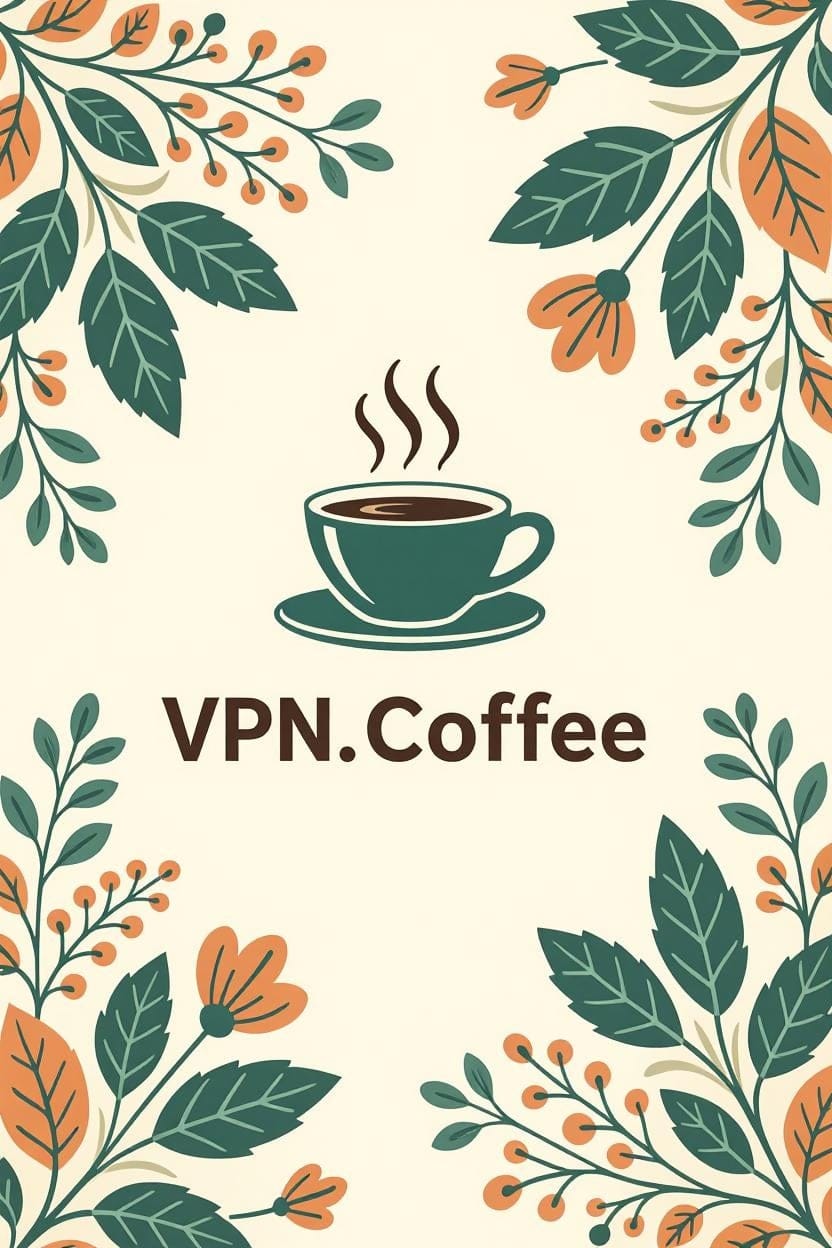In today’s digital age, protecting your personal information while browsing on your iPhone is more important than ever. One of the best ways to ensure your online security is by using a VPN (Virtual Private Network). This guide explains what a VPN is, how to set one up on your iPhone, and the benefits it brings for your privacy and security.
What Is a VPN and Why Do You Need It on Your iPhone?
A VPN, or Virtual Private Network, is a service that encrypts your internet connection and hides your IP address. When you use a VPN, all the data exchanged between your device and the internet is encrypted, making it more difficult for hackers, ISPs, and other entities to monitor or track your online activities. This is especially important when using public Wi-Fi networks, which are more vulnerable to cyberattacks.
On your iPhone, a VPN can:
- Protect your data from hackers, especially on unsecured networks like public Wi-Fi.
- Hide your IP address, making it harder for websites and apps to track you.
- Allow you to access geo-restricted content and websites by masking your location.
- Provide an extra layer of security for sensitive information, such as online banking or shopping.
How to Set Up a VPN on Your iPhone
Setting up a VPN on your iPhone is a straightforward process. Follow these steps to start protecting your online activities:
1. Choose a Reliable VPN Service
Before setting up a VPN on your iPhone, you need to select a VPN service. There are numerous VPN providers available, but it’s important to choose a reputable one. Look for VPNs that offer:
- Strong encryption standards like AES-256.
- No-logs policies to ensure your activities aren’t tracked.
- Reliable customer support and an easy-to-use app for iPhone.
- Fast server speeds to avoid slow connections.
2. Install the VPN App on Your iPhone
Most VPN providers offer dedicated apps for iOS. You can download the app from the App Store or directly from the provider’s website. Once installed, open the app and sign in using your account credentials.
3. Configure VPN Settings
After logging in, you may need to adjust some settings within the app. This typically includes choosing the server location you want to connect to (e.g., a server in the US, UK, or any other country) and selecting the encryption protocol. Many VPN apps will automatically configure optimal settings for you.
4. Connect to the VPN
Once everything is set up, simply toggle the “Connect” button in the app. The VPN will encrypt your internet traffic, and you’ll see a VPN icon appear in the status bar at the top of your screen, indicating that your connection is secure.
How to Manually Set Up a VPN on iPhone (Without an App)
If you prefer not to use a VPN app, you can manually configure a VPN on your iPhone. This method requires access to VPN server details from your provider. Follow these steps:
- Open the “Settings” app on your iPhone.
- Scroll down and tap “VPN” under “General” settings.
- Tap “Add VPN Configuration.”
- Choose the type of VPN (IKEv2, IPSec, or L2TP) based on the information provided by your VPN provider.
- Enter the required details, including the server address, remote ID, and your authentication credentials.
- Save the configuration, then toggle the VPN on by selecting the “Connect” option.
Benefits of Using a VPN on iPhone
Using a VPN on your iPhone offers a range of advantages for both security and convenience:
- Enhanced Security – A VPN encrypts your data, making it much harder for hackers or cybercriminals to intercept your communications, particularly on public Wi-Fi.
- Privacy Protection – With your IP address hidden, websites and apps can’t track your browsing history, ensuring better privacy.
- Bypass Geo-Restrictions – A VPN allows you to access content that may be restricted in your region, such as streaming services or websites unavailable in certain countries.
- Prevent Throttling – Some ISPs intentionally slow down your connection based on your activities. A VPN helps prevent this by masking your internet traffic.
Considerations When Using a VPN on iPhone
While using a VPN on your iPhone enhances your privacy and security, there are a few things to keep in mind:
- Battery Usage – Running a VPN can drain your iPhone’s battery faster, as it requires additional processing power to maintain a secure connection.
- Connection Speed – Depending on the VPN provider and the server location, your internet speed may be reduced. Choose a VPN with fast servers to minimize this impact.
- Legal and Policy Compliance – Some countries have laws regulating or restricting VPN use. Make sure you’re aware of local regulations before using a VPN.
Conclusion
Using a VPN on your iPhone is an excellent way to safeguard your privacy and security while browsing the web. Whether you’re on public Wi-Fi, streaming content from a different region, or simply want to maintain anonymity online, a VPN can provide valuable protection. By following the steps outlined above, you can easily set up and start using a VPN on your iPhone, enhancing your digital safety.

